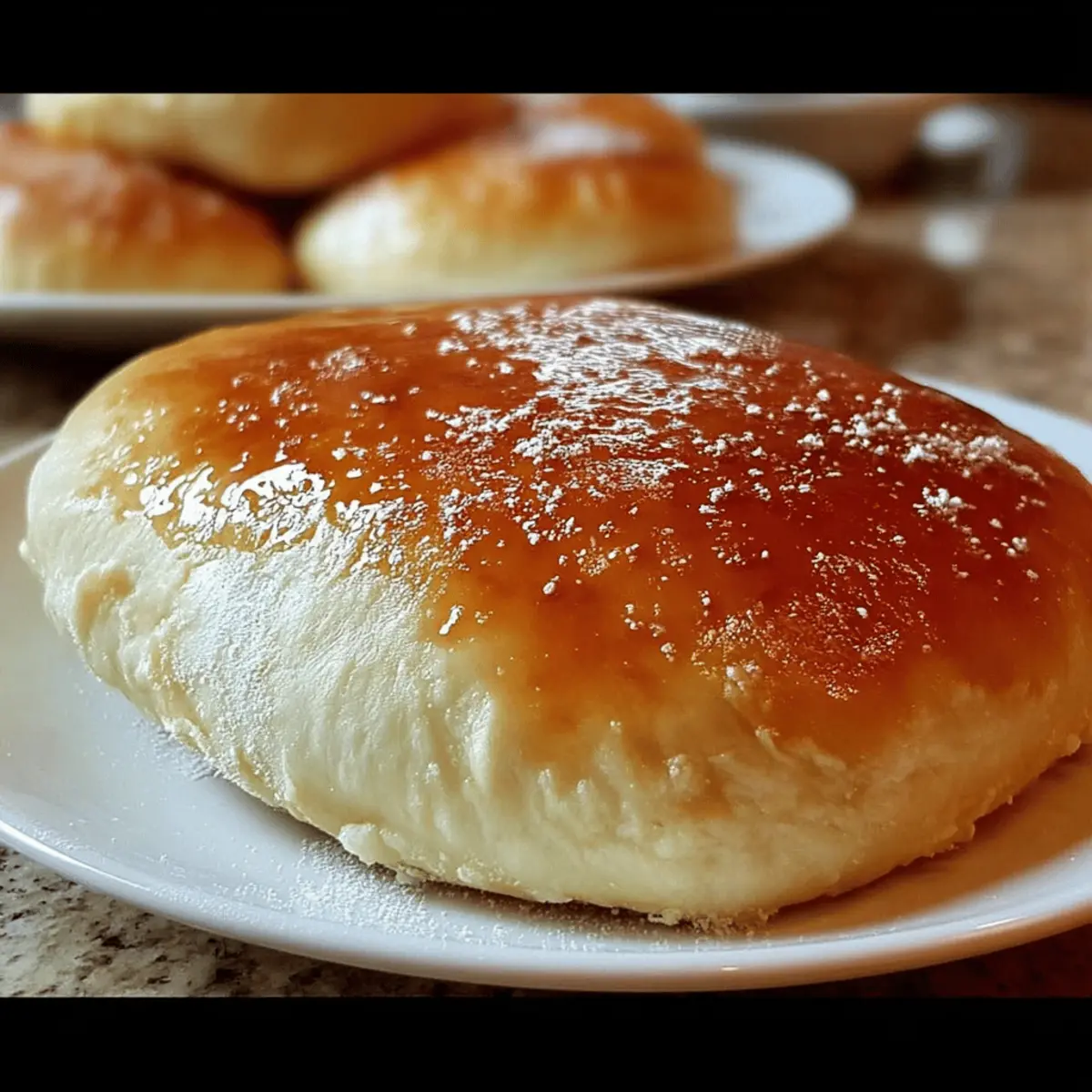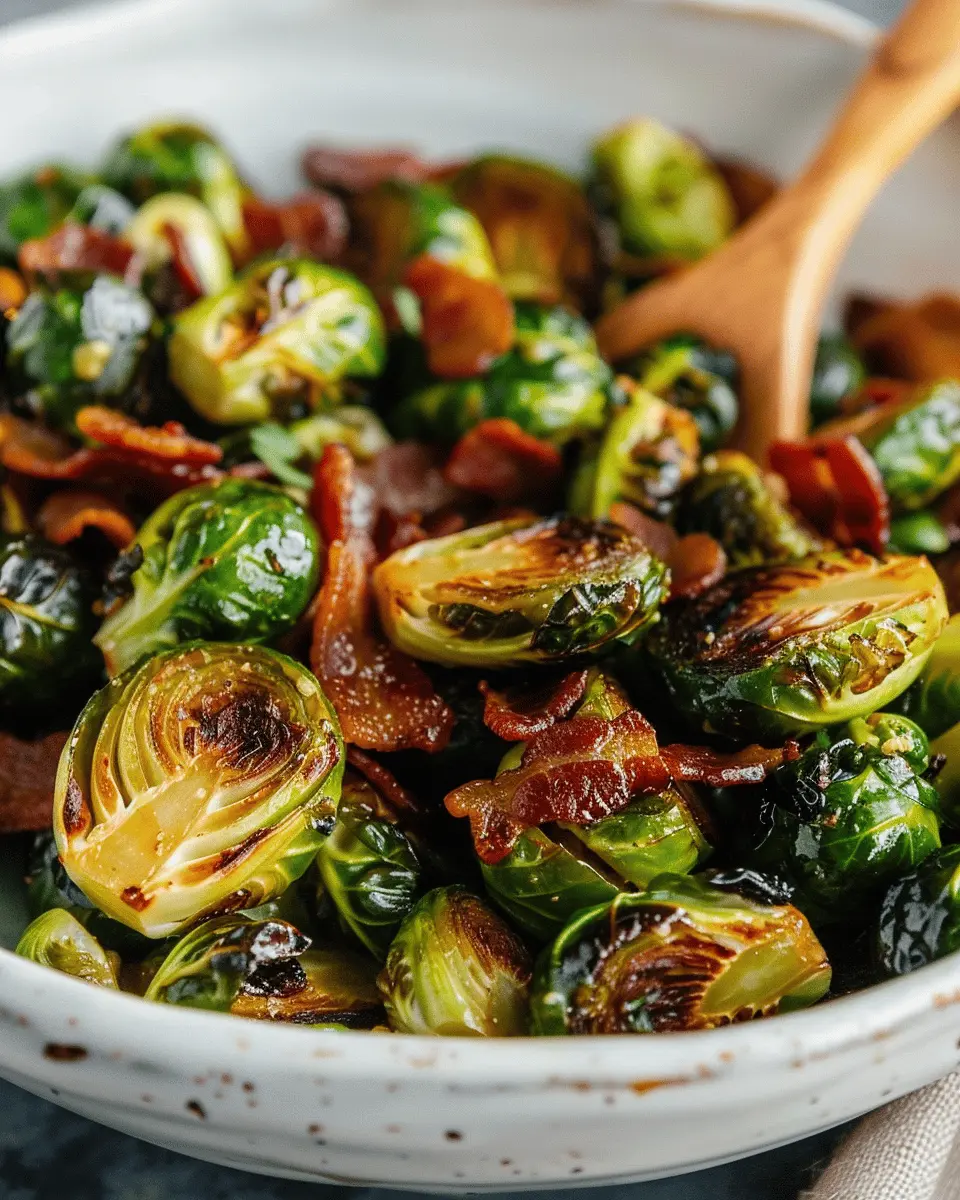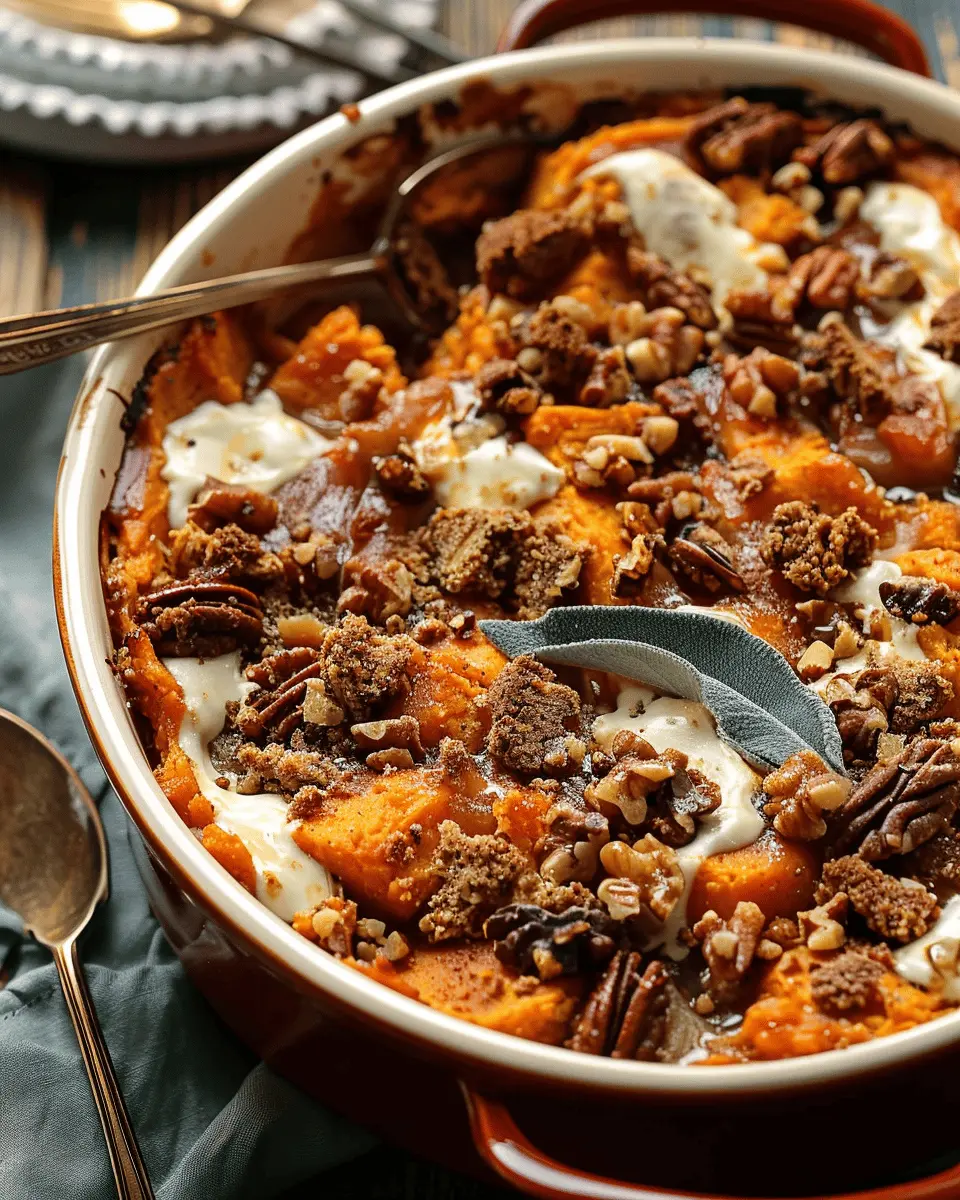Introduction to Homemade Bread Dough
Have you ever walked into a bakery and been greeted by the warm, tantalizing aroma of fresh bread? Now, imagine being able to recreate that comforting experience right in your own kitchen. That’s the magic of homemade bread dough! Baking your bread from scratch is not just about the end product—it’s a joyful journey filled with learning, creativity, and the satisfaction of crafting something delicious with your own hands.
Why Homemade Bread Dough is a Game-Changer
Making your own homemade bread dough is a transformative experience for several reasons. First and foremost, it allows you to tailor ingredients to your preferences, dietary needs, and even the season. Want to avoid preservatives? Need gluten-free options? Or perhaps you simply want to experiment with flavors like rosemary or sun-dried tomatoes? The choice is yours!
Moreover, homemade bread is almost always fresher and more flavorful than store-bought varieties. Did you know that many commercial breads contain additives to prolong shelf life? A study published in the Journal of Food Science found that homemade breads often have a lower glycemic index compared to those with artificial ingredients. This can be particularly beneficial for those managing their sugar intake.
But the benefits don’t stop at health. Engaging in the process of making your bread can serve as a fantastic stress-reliever, offering a blissful break from your busy life. Kneading the dough is an excellent way to channel any pent-up energy or frustration. Why not invite a friend or partner to join you? Making bread could even turn into a fun weekend tradition!
As you start your journey with homemade bread dough, remember that it’s about finding joy in the process, from mixing the ingredients to carving that first slice. There’s something truly special about pulling a warm loaf out of the oven; it invokes a sense of accomplishment and nostalgia.
Curious about the basics of bread-making? Explore resources available through the King Arthur Baking Company or The Fresh Loaf to get you started on your culinary adventure. So grab your apron, and let’s dive into the world of homemade bread baking!
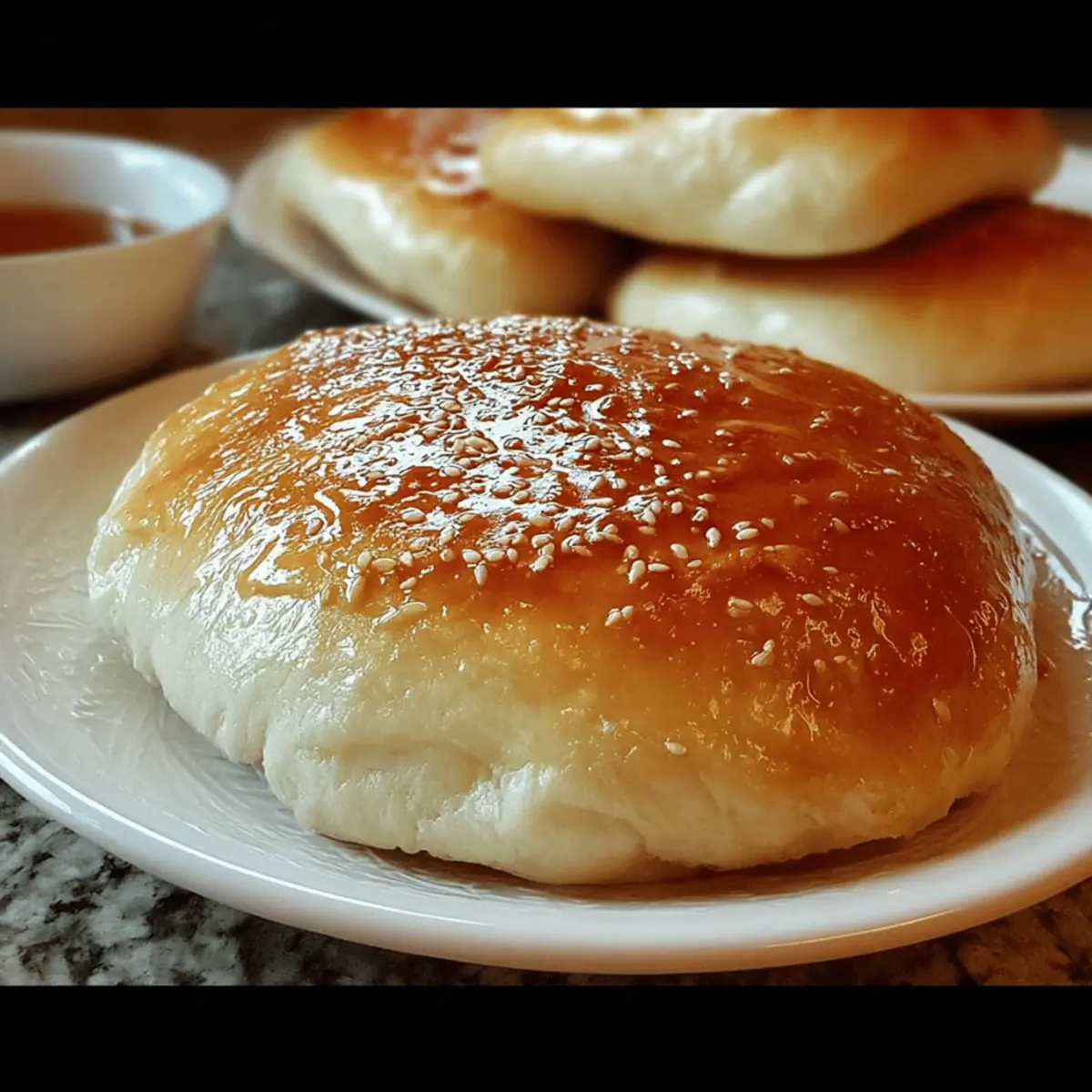
Ingredients for Homemade Bread Dough
Essential ingredients for perfect dough
Creating homemade bread dough starts with a few fundamental ingredients that work together to give your bread its lovely texture and flavor. Here’s what you’ll need:
- Flour: All-purpose flour is a great choice, but bread flour offers a higher protein content for a chewier crust.
- Water: Use warm water (about 110°F) to activate the yeast effectively.
- Yeast: Instant yeast or active dry yeast can be used. Both help your dough rise and develop flavor.
- Salt: A key ingredient not just for taste, but it also strengthens gluten structure.
- Sugar: A teaspoon or so boosts yeast activity and browns the crust.
For a deeper dive into how yeast works, check out King Arthur Baking’s Yeast Guide.
Optional enhancers for flavor and texture
While the basics are a solid start, consider adding optional ingredients to elevate your homemade bread dough:
- Olive Oil or Butter: Adds richness and moisture.
- Herbs and Spices: Fresh herbs or a pinch of spices can give your bread a unique twist.
- Seeds or Nuts: Introducing seeds like sunflower or sesame, or chopped nuts adds texture and flavor.
By experimenting with these additions, you can personalize your bread-making journey—what’s not to love about that?
Step-by-Step Preparation of Homemade Bread Dough
When it comes to making homemade bread dough, the experience can be incredibly rewarding. The aroma wafting through your kitchen as the bread bakes is unparalleled. Let’s dive into the step-by-step preparation that will get you the perfect dough every time.
Gather and Measure Your Ingredients
Before jumping into the mixing bowl, it’s essential to have your ingredients ready. Precision is key in baking, so here’s a quick checklist:
- Flour: All-purpose or bread flour (about 4 cups)
- Water: 1.5 cups lukewarm
- Yeast: 2.25 teaspoons of active dry yeast
- Sugar: 2 tablespoons (to help the yeast rise)
- Salt: 1.5 teaspoons for flavor
- Olive oil or melted butter: 2 tablespoons
Make sure to measure everything correctly. Even slight variations in flour weight can affect the texture of your dough. Want to learn more about measuring flour accurately? Check out this guide.
Combine Dry Ingredients
In a large mixing bowl, start with the dry ingredients. Combine the flour, sugar, salt, and yeast. It’s important to keep the salt and yeast separate initially; salt can inhibit yeast activity if mixed in together right from the start. Use a whisk to mix them thoroughly. This ensures an even distribution of the yeast, giving you consistent results.
Mix in Wet Ingredients
Next, create a well in the center of your dry mixture. Slowly pour in the lukewarm water and add your olive oil or melted butter. This is the moment of transformation as the dry ingredients begin to come together with the wet ones. Use a wooden spoon or a dough whisk to mix until the ingredients form a shaggy dough. Don’t fret about the lumps; they’ll smooth out in the next step.
Knead the Dough
Now comes one of the most visceral and fulfilling parts: kneading. Turn your dough out onto a lightly floured surface, and let’s get your hands dirty!
- Knead for about 8-10 minutes.
- Use the heel of your hands to push the dough away from you, then fold it back over itself.
- Rotate the dough a quarter turn and repeat.
The goal here is to develop the gluten, which gives the bread its structure. If you notice the dough is too sticky, sprinkle a little more flour as needed. Want to get into the science behind gluten development? Check out this fascinating article from Bakerpedia.
Let it Rise and Develop Flavor
After kneading, you’ll want to let your dough rise. Shape it into a ball and place it in a lightly greased bowl, covering it with a clean kitchen towel. Leave it in a warm spot (the ideal temperature is about 75°F) and let it rise until it has doubled in size — usually about 1-2 hours. This is where the flavor truly develops as the yeast ferments.
Shape the Dough
Once it’s doubled, it’s time to shape your homemade bread dough. Gently punch it down to release the air and turn it out onto a floured surface. Shape it into a loaf or divide it for rolls. Get creative here—witness your culinary artistry shine!
Second Rise and Preparations for Baking
Place your shaped dough into a greased loaf pan or on a baking sheet. Cover it again and let it rise for another 30-60 minutes. This step ensures that the dough is airy and light for baking.
Bake the Bread
Preheat your oven to 375°F. For an extra crispy crust, consider placing a small pan of water in the oven during baking. This adds steam, giving the crust a beautiful texture. Bake the bread for 25-30 minutes, until golden brown and sounding hollow when tapped. Your kitchen will be filled with delightful aromas—just wait for it!
Making homemade bread dough can be a beautiful journey filled with delicious outcomes. With each loaf, you’ll learn more about the process, and your kitchen will be a bit more comforting and welcoming. Enjoy your baking adventure!
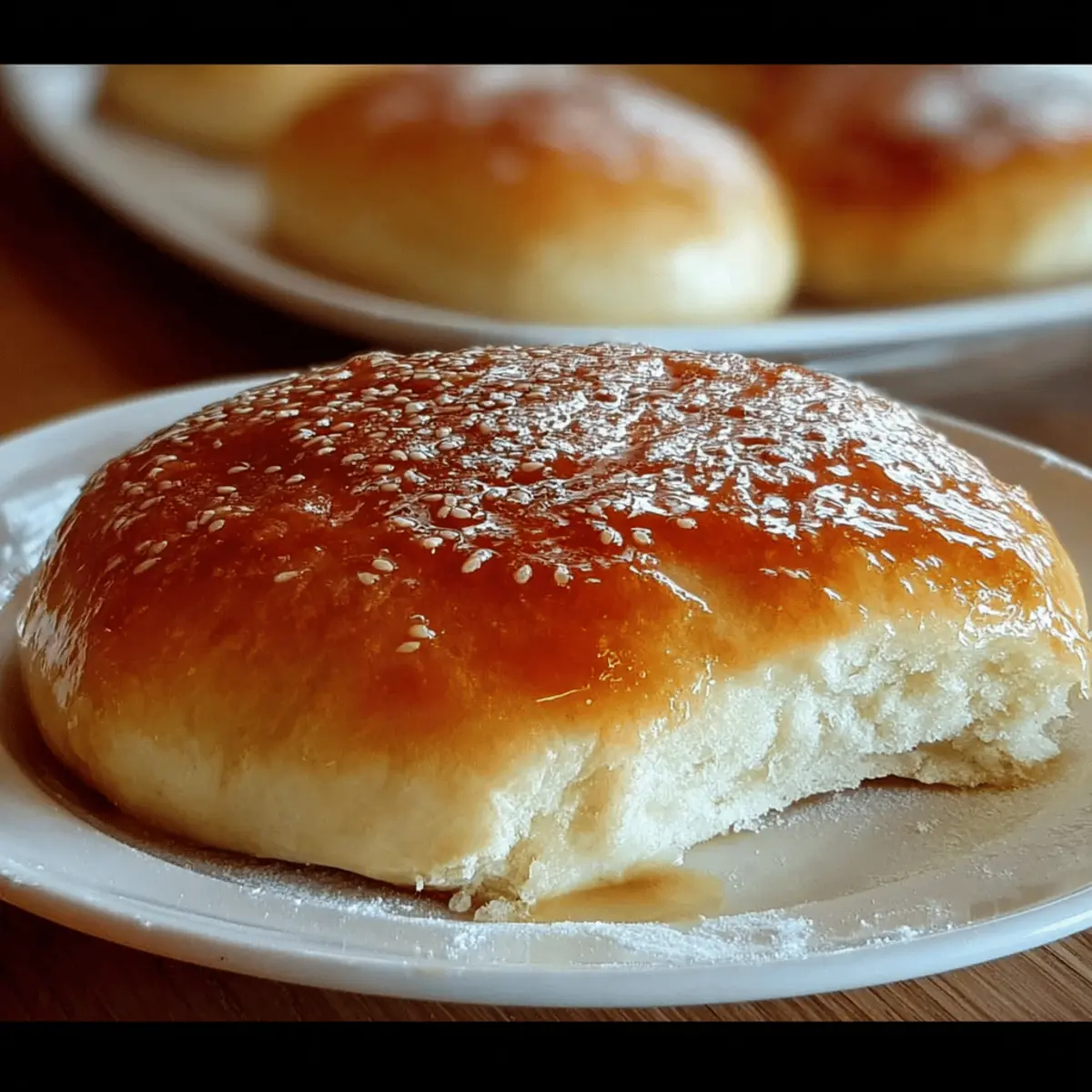
Variations on Homemade Bread Dough
Baking homemade bread dough opens up a world of possibilities. Let’s explore some variations that can satisfy different tastes and preferences while keeping your kitchen filled with delightful aromas!
Classic White Bread Dough
Nothing beats the comforting taste of classic white bread. This straightforward recipe uses just a few simple ingredients: all-purpose flour, yeast, water, sugar, and salt. It’s perfect for sandwiches or simply toasted with butter. For a delightful crust, consider brushing the loaf with melted butter right after it comes out of the oven. Did you know that the science behind the rise of bread is fascinating? According to the Bread Bakers Guild of America, yeast fermentation contributes to nearly 80% of the flavor in a good loaf!
Whole Wheat Bread Dough
Want something heartier? Try whole wheat bread dough. Made with whole wheat flour, this variation packs in extra fiber and nutrients, making it a healthier choice. Combine whole wheat flour with a touch of all-purpose flour for optimal texture, and don’t forget to let it rise longer since whole wheat can be denser. This bread makes for fantastic toast topped with avocado or used in sandwiches. It’s a wonderful way to sneak in more whole grains into your diet!
Herb-Infused Bread Dough
For a twist on traditional dough, consider an herb-infused variation. Incorporating fresh herbs like rosemary or thyme into your homemade bread dough not only adds flavor but also a beautiful aroma. Simply knead in about a tablespoon of finely chopped herbs into your dough before the first rise. You’ll be amazed at how a little bit of freshness can elevate your baking, transforming a basic loaf into something aromatic that perfectly complements soups and salads.
Experiment with these variations, and let your kitchen become a haven of delightful homemade bread! Whether you’re saving money on store-bought options or just enjoying the process, the joy of baking your own bread is immeasurable.
Cooking Tips and Notes for Homemade Bread Dough
Common mistakes and how to avoid them
When working with homemade bread dough, it’s easy to stumble into a few common pitfalls. One major mistake is rushing the rising process. Patience is key—allow your dough to rise until it doubles in size to develop flavor and texture. Another frequent issue is not measuring ingredients correctly. Invest in a kitchen scale for accuracy; even a slight discrepancy can affect your loaf.
Additionally, many home bakers ignore the importance of kneading. Insufficient kneading can result in a dense loaf. Aim for about 10 minutes of effective kneading—this is crucial for gluten development! For expert insights, check out King Arthur Baking.
Tips for achieving the perfect crust
The crust is the crowning glory of homemade bread dough, so here are some tips to enhance its quality:
- Preheat your oven: This ensures uniform baking and a great rise.
- Use steam: Adding a pan of water to your oven can create a steamy environment, which contributes to a crispier crust.
- Brush with egg wash: For a glossy finish, an egg wash can elevate the visual appeal.
Keep these tips in mind next time you’re baking and enjoy that perfect loaf!
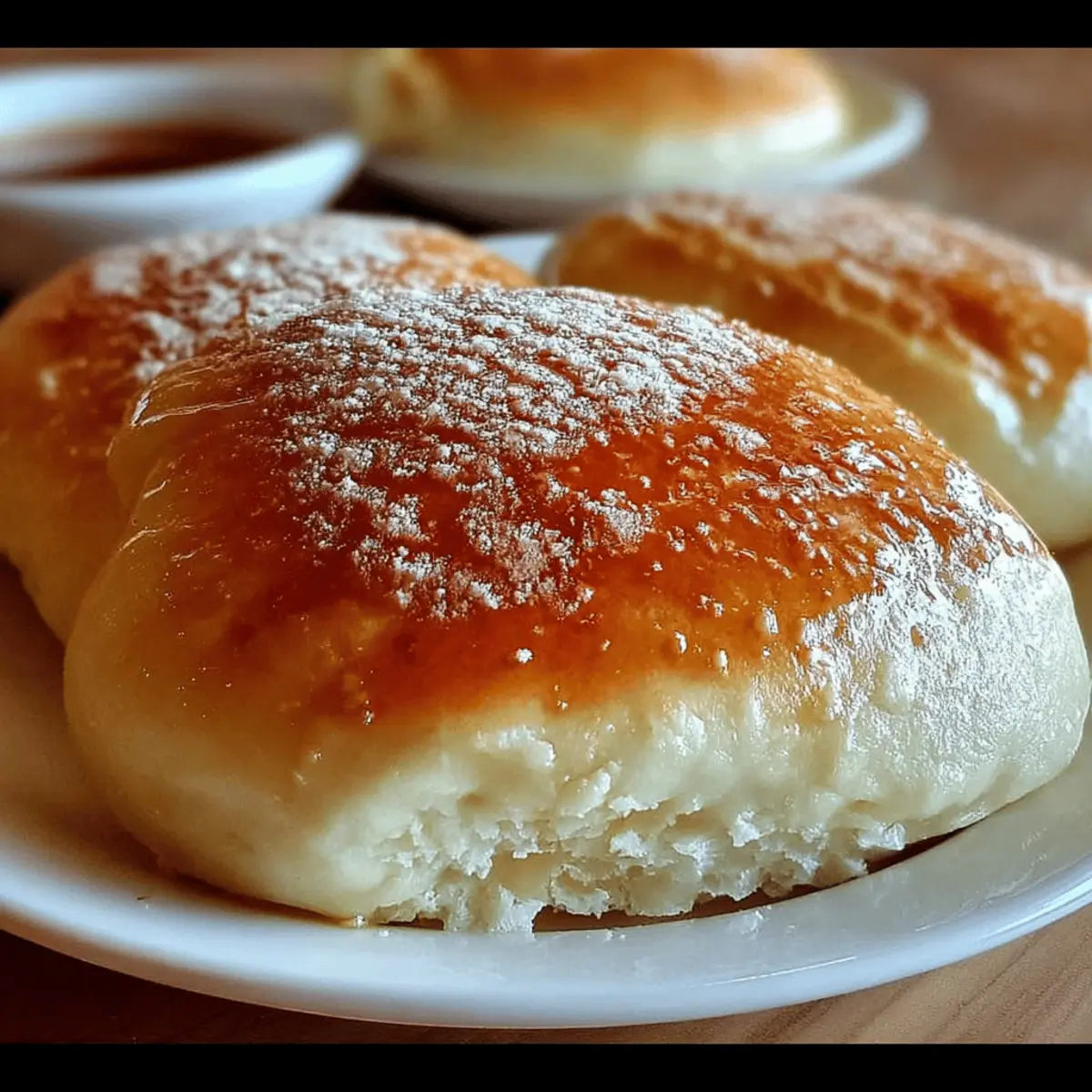
Serving Suggestions for Homemade Bread Dough
Best Pairings for Fresh Bread
Freshly baked homemade bread dough is a delight in itself, but it truly shines when paired with complementary flavors. Here are some favorites:
- Butters and Spreads: A pat of salted butter or garlic herb butter elevates your bread to a new level. Try mixing soft cheese with fresh herbs for a flavorful spread.
- Soups and Stews: Enjoy your bread as a side to a warm bowl of tomato bisque or a hearty chicken stew. The bread will soak up those delicious flavors perfectly.
- Salads: A slice of crusty bread pairs beautifully with a fresh salad. Consider a simple vinaigrette drizzled over mixed greens to balance the meal.
For more pairing ideas, check out Food & Wine’s guide on perfect bread accompaniments.
Creative Uses for Leftover Dough
Don’t let your dough go to waste! Here are some inventive ways to use that extra homemade bread dough:
- Breadsticks: Roll out and season for quick and tasty appetizers.
- Pizzas: Transform your dough into a delicious homemade pizza base in just minutes.
- Cinnamon Rolls: Add a bit of sugar and spice to create sweet rolls that will impress everyone at your morning table.
Have you ever thought about how versatile bread dough can be? With a bit of creativity, you can whip up delightful snacks while reducing food waste. For more ideas on leftover dough, consider checking out resources like Serious Eats.
Time Breakdown for Homemade Bread Dough
Preparation time
Making homemade bread dough is a delightful experience that begins with a little prep. You’ll want to allocate about 15-20 minutes for mixing your ingredients together. This includes measuring the flour, yeast, and salt, along with your warm water or milk. Trust me, taking the time to weigh your flour can make a significant difference in texture!
Rising time
After your dough is beautifully mixed, it’s time to let it rise. The first rise usually takes about 1 to 2 hours or until it has doubled in size. If you’re patient, a longer rise (up to 3 hours) can enhance flavor. You can read more about the science behind yeast fermentation here.
Baking time
Once your dough has risen, it’s finally time to bake! Preheat your oven and bake your bread for 25-30 minutes, until golden brown. The aroma during this stage is simply heavenly!
Total time
So, if you add it all together, you’re looking at approximately 1.5 to 2.5 hours, including rising and baking. With just a bit of your time, you’ll have an irresistible loaf of homemade bread dough that’s sure to impress!
Nutritional Facts for Homemade Bread Dough
When crafting your own homemade bread dough, it’s not just about the process; understanding its nutritional content is essential, too! Here’s a quick breakdown of what you’re getting.
Calories
A typical serving of homemade bread dough contains around 150-200 calories. This varies based on ingredients like flour type and added fats. While bread can be calorie-dense, nourishing whole grains can increase the overall health benefits.
Carbohydrates
Carbohydrates make up the bulk of homemade bread dough, with about 28-35 grams per slice. They provide essential energy, perfect for powering through your day. Just remember, choosing whole grain flour can offer additional nutrients and a lower glycemic index.
Fiber Content
Don’t overlook fiber! Homemade bread dough can offer between 2-4 grams of fiber per slice, especially if you opt for whole wheat flour. Fiber is essential for digestive health and satiety, helping you feel fuller for longer. For more on the benefits of fiber, check out this article from the American Heart Association.
By making your own bread dough, you’re in control of the ingredients and can create a healthier alternative to store-bought options. So, roll up your sleeves and get baking! Not only will you enjoy fresh bread, but you’ll also be providing your body with the nutrition it craves.
FAQs on Homemade Bread Dough
Can I use instant yeast instead of active dry yeast?
Absolutely! You can swap instant yeast for active dry yeast without any major changes to your recipe. The key difference is that instant yeast doesn’t need to be dissolved in water before using. You can mix it directly into your dry ingredients. This can actually save you a bit of time when preparing your homemade bread dough. Pro tip: Use about 25% less instant yeast for optimal results.
How can I make my bread dough rise faster?
If you’re short on time, there are several tricks to speed up the rising process for your homemade bread dough:
- Warm Environment: Place your dough in a warm spot, like an oven that’s been preheated for a minute and then turned off.
- Use of Sugar: Adding a tablespoon of sugar can help feed the yeast, making it more active.
- Cover with a Damp Cloth: This locks in moisture and warmth, which can lead to a quicker rise.
If you’re curious to dive deeper into the science behind fermentation, this article from King Arthur Baking explains it beautifully.
What are some ways to store homemade bread?
Storing your homemade bread right is essential to keep it fresh. Here are a few methods:
- Room Temperature: Wrap your bread in plastic wrap or a bread bag for up to 3 days.
- Freezing: Slice your bread first, then wrap it tightly in plastic wrap and foil before freezing. It’ll last for up to 3 months! You can toast slices straight from the freezer.
- Refrigeration: While it’s not the best long-term solution, if your home is particularly warm and humid, you may store your bread in the fridge for a few days.
By following these tips, your homemade bread dough will yield delicious results you can enjoy for days!
Conclusion on Homemade Bread Dough
Making your own homemade bread dough is not just satisfying; it’s a delightful way to connect with food. The process allows you to customize flavors, control ingredients, and enjoy warm, fresh bread right from your oven. As you knead and shape, consider this: each loaf you create carries a piece of you.
If you’re a beginner, don’t hesitate to experiment. Maybe add herbs for a twist or try whole grains for a nutritional boost. And remember, even the occasional baking mishap can lead to delicious surprises! For more ideas, check out resources on bread baking like King Arthur Baking. Happy baking!
PrintHomemade Bread Dough: The Easiest, Softest Loaf Recipe Ever
Learn how to make the easiest, softest homemade bread dough that will elevate your baking skills.
- Prep Time: 20 minutes
- Cook Time: 30 minutes
- Total Time: 1 hour 50 minutes
- Yield: 1 loaf 1x
- Category: Bread
- Method: Baking
- Cuisine: American
- Diet: Vegetarian
Ingredients
- 4 cups all-purpose flour
- 1 tablespoon sugar
- 1 tablespoon salt
- 2 teaspoons active dry yeast
- 1.5 cups warm water
- 2 tablespoons olive oil
Instructions
- In a large bowl, combine warm water, yeast, and sugar. Let it sit for about 5 minutes until bubbly.
- Add flour and salt to the yeast mixture and mix until a dough forms.
- Knead the dough on a floured surface for about 10 minutes until smooth.
- Place the dough in a greased bowl, cover, and let it rise for 1 hour or until doubled.
- Punch down the risen dough and shape it into a loaf.
- Place the loaf in a greased loaf pan and let it rise for another 30 minutes.
- Bake in a preheated oven at 375°F (190°C) for 25-30 minutes or until golden brown.
Notes
- For a softer crust, brush the loaf with butter right after baking.
- If you prefer a firmer crust, bake the bread longer.
Nutrition
- Serving Size: 1 slice
- Calories: 120
- Sugar: 1g
- Sodium: 200mg
- Fat: 2g
- Saturated Fat: 0g
- Unsaturated Fat: 1g
- Trans Fat: 0g
- Carbohydrates: 23g
- Fiber: 1g
- Protein: 4g
- Cholesterol: 0mg
Keywords: Homemade Bread Dough, Bread Recipe, Easy Bread Recipe

